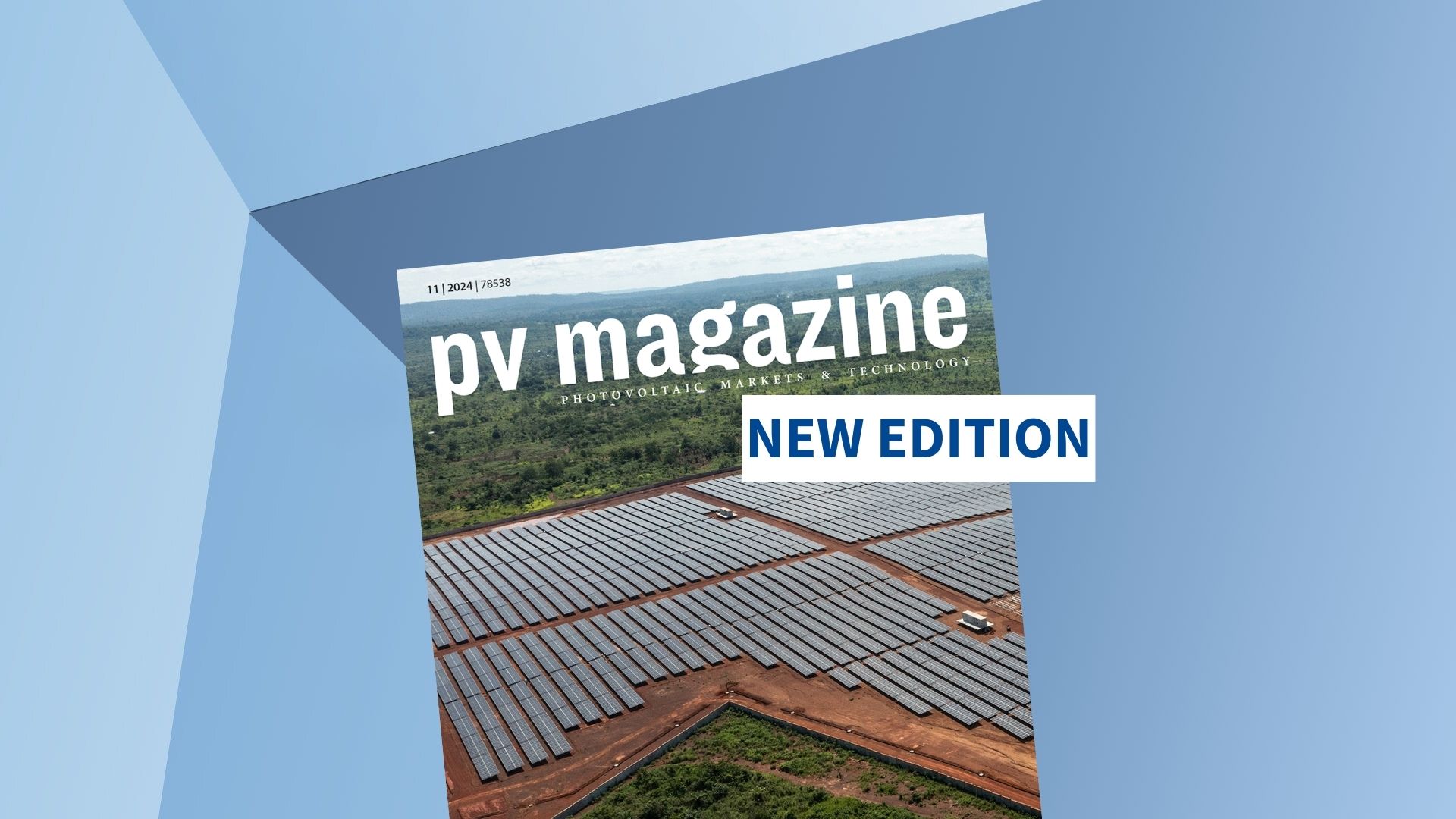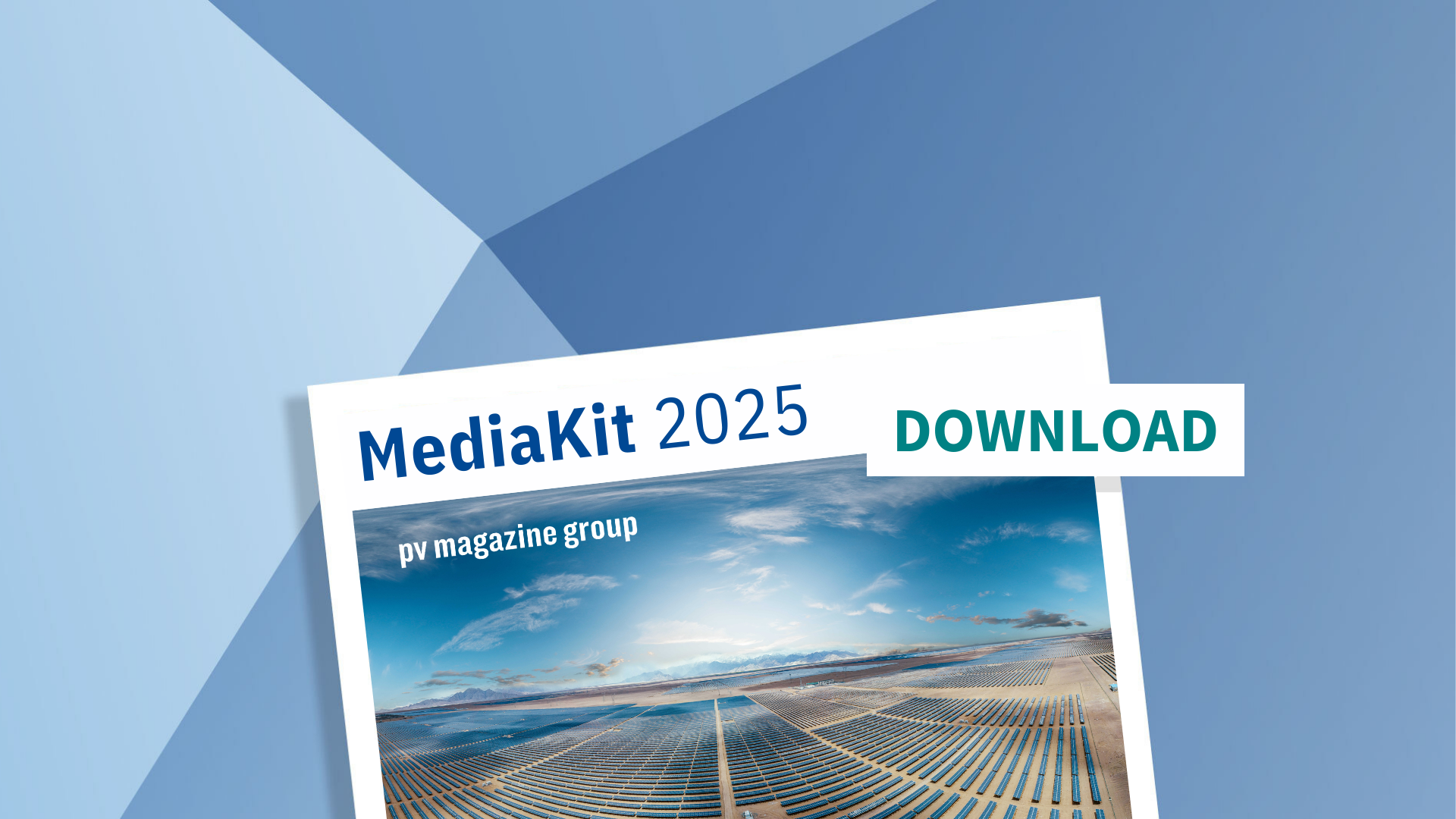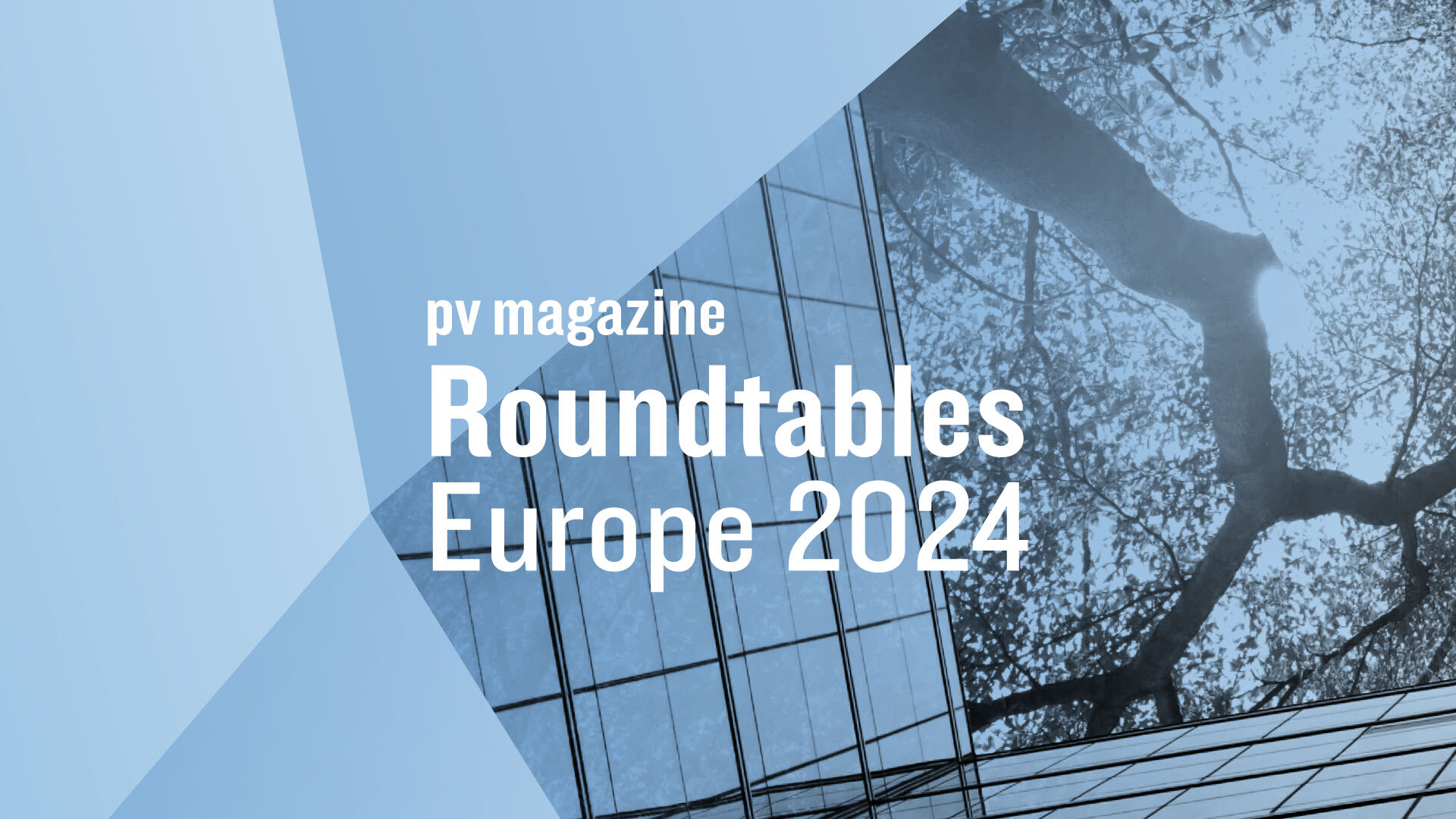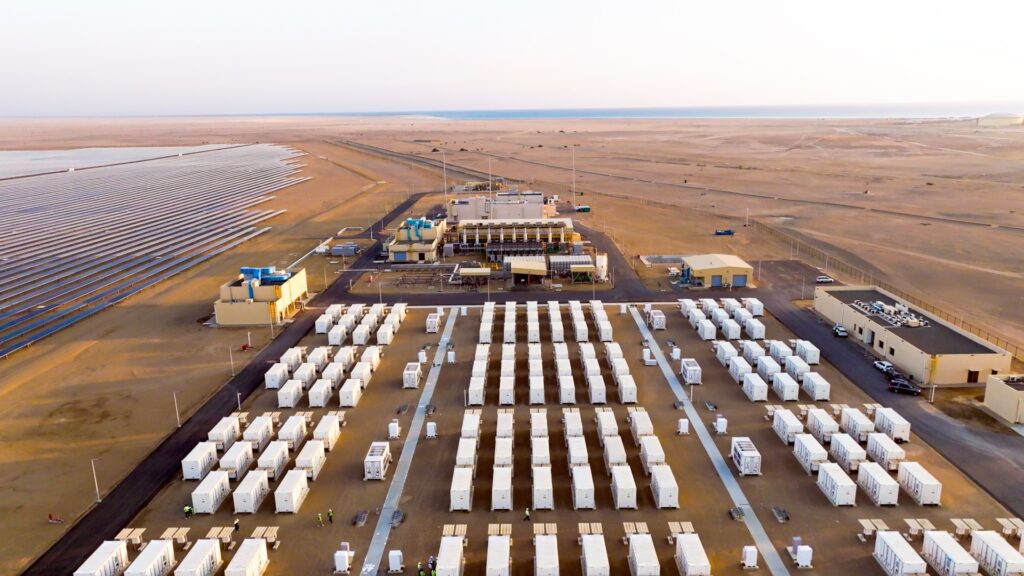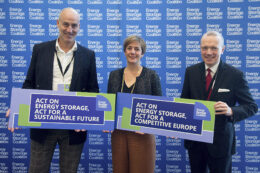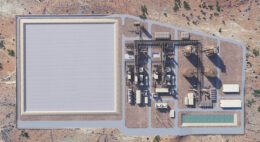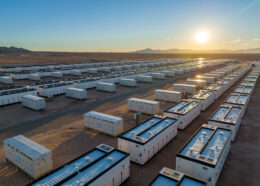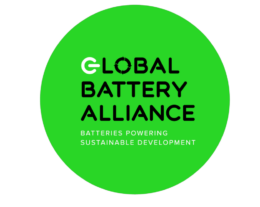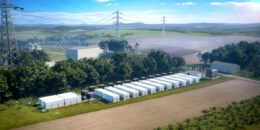German energy storage association says grid connection levy should recognize battery benefits

German utilities regulator the Federal Network Agency on Nov. 20, 2024, published a position paper on construction cost subsidies for electricity network operators. The subsidies are levied on grid-connected energy consumers, including energy storage sites.
Although the document aims to incentivize grid-friendly planning of new connections to the network, the Federal Association of Energy Storage Systems (BVES) said the regulator had not recognized that construction cost subsidies levied on hinder the urgently needed grid flexibility energy storage can provide.
Rather than removing the problematic Baukostenzuschuss, or BKZ subsidies, the BVES fears the published guidance could drive up the costs of battery storage projects by double-digit million euro amounts.
The regulator, in its non-legally binding position paper, categorizes each energy storage system as a load and end user. That fails to take sufficient account of their contribution to stabilizing the grid and making the energy system more flexible, according to the BVES, which added storage systems can absorb electricity surpluses and release energy when needed.
A recent ruling by the Düsseldorf Higher Regional Court which found collection of the subsidies from energy storage sites on the same basis as other energy consumers unlawful was ignored in the regulator’s position paper. The Federal Network Agency explained in the paper: “There is currently a legal dispute about construction cost subsidies for battery storage at the Federal Court of Justice. Until a contrary decision is made, the Federal Network Agency will continue to classify battery storage as a [electricity] consumer, from a grid perspective, when storing energy. An appropriate grid capacity must also be provided for the storage.”
BVES General Manager Urban Windelen said, “The Federal Network Agency’s approach of now unnecessarily interfering in the energy storage market, which is just starting to ramp up, is completely incomprehensible and does not reflect well on a market regulator that is committed to neutrality. Here, in the shadow of an ongoing case before the Federal Court of Justice, a precedent is being set with major implications for current and future storage projects.”
In the association’s opinion, the Federal Network Agency is exceeding its functions and duties as a network regulatory authority with its position paper because it explicitly aims to geographically control storage and industry locations. This could lead, the BVES said, to “the very locations where energy storage is most urgently needed having to bear the highest costs.”
The association fears that “a situation of opposition rather than cooperation, as well as a lack of legal and investment security on all sides” is now emerging. Windelen added, “The Federal Network Agency’s position on storage is threatened with a screeching halt in a few months with the ruling of the Federal Court of Justice and even the reversal of all BKZ payments, including compensation. For this reason alone, the current approach of the highest regulatory authority is completely incomprehensible.”
The BVES is calling on the regulator to focus on flexibility requirements and the future development of the energy system instead of “turning the wrong screws in a backwards direction.”
Klaus Müller, president of the Federal Network Agency, said, “Expanding the electricity grid for the energy transition incurs costs. That is why a price signal for the conscious and economical use of connection capacities, and greater cost efficiency, is important. Connection users should contribute to the grid costs to varying degrees, depending on how advantageous the settlement at the respective location is for the overall system.”
The one-off payment construction cost subsidy is calculated proportionally to the costs of electricity network expansion. The Federal Network Agency model dictates the subsidy be calculated from the price of the service and the necessary grid network capacity. It has been common practice to base the calculation on the cost of capacity expansion in the network although other calculation models are possible.
Subsidy levels
The Federal Network Agency says the subsidies are not designed to substantially reduce network charges and have only covered a single-digit percentage of network costs to date. With its new model, the regulator wants a steering function for individual connections. The subsidy-related financial signals are intended to achieve greater cost efficiency in the grid so electricity transmission system operators (TSOs) can benefit from more favorable subsidies in future.
In its position paper, the Federal Network Agency provides for five levels of construction cost subsidy, which TSOs update regularly. Each grid connection point is assigned a level based on how the new connection affects the task of transporting electricity. For example, a construction cost subsidy could be lower if the location of a consumer is convenient from the perspective of the grid. The consumer might be an industrial company, an electrolyzer, or an electricity storage facility. Lower subsidies could be used to attract electrolyzer operators to a location where there is electricity oversupply.
The regulator’s paper also states already-agreed construction cost subsidies, for projects completed by 2024 or 2025, will remain valid. That means investment costs for those projects should not increase as a result of any subsidy changes. The position paper is intended to “orient the market on the authority’s legal opinion,” said the regulator.
From pv magazine Deutschland.

